While travelers often focus on landscapes, architecture, or cultural experiences, some destinations offer their most spectacular views when you simply look up. Certain places around the world feature skies so dramatic, colorful, or filled with natural phenomena that they become the main attraction—celestial theaters where atmospheric conditions, geographic location, and minimal light pollution combine to create unforgettable overhead displays.
These locations invite visitors to recline, gaze upward, and let the sky tell its ever-changing story. Here is a list of 20 places where the sky steals the show with its dramatic performances.
Atacama Desert, Chile

The driest non-polar desert on Earth creates ideal conditions for celestial observation, with over 300 clear nights annually and air so moisture-free that stars appear to shine without twinkling. The desert’s high altitude (8,000+ feet) and isolation from urban light pollution reveal astronomical features invisible elsewhere, including the Magellanic Clouds—satellite galaxies only visible from the Southern Hemisphere.
Professional observatories open their doors to visitors, though simply standing anywhere in this lunar-like landscape after dark provides a masterclass in cosmic perspective.
Lapland, Finland
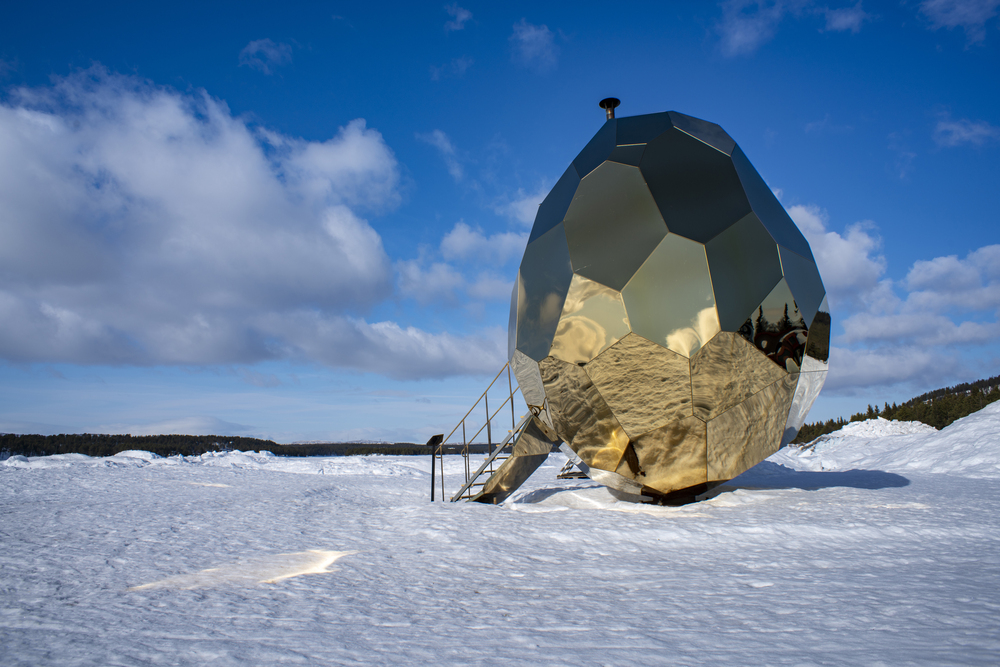
The Arctic region above the Finnish treeline transforms into a celestial canvas between September and March when the aurora borealis dances across the sky in electric greens, purples, and occasionally reds. The absence of light pollution combines with extremely clear air to create optimal viewing conditions, with glass-roofed igloos and specialized aurora cabins allowing visitors to watch the northern lights from bed.
The phenomenon’s unpredictability—dependent on solar activity, clear skies, and timing—makes each sighting feel like a rare cosmic gift.
Like Travel Pug’s content? Follow us on MSN.
Uluru, Australia

The massive sandstone monolith in Australia’s Red Centre serves as a dramatic foreground to some of the Southern Hemisphere’s most spectacular skies. During the day, the desert atmosphere creates constantly shifting light patterns that transform Uluru’s color from blood orange at dawn to burning red at sunset.
After dark, the absence of nearby cities reveals the Milky Way in its full glory, with Aboriginal guides sharing Dreamtime stories connecting terrestrial landmarks to star patterns that their ancestors have observed for over 60,000 years.
Salar de Uyuni, Bolivia

The world’s largest salt flat transforms into nature’s perfect mirror during the rainy season when a thin layer of water creates a reflective surface extending over 4,000 square miles. This natural phenomenon effectively doubles the sky, creating the illusion of walking through clouds and stars with no horizon separating heaven from earth.
Even during dry months, the salt flat’s high altitude (11,995 feet) and isolation from artificial light create extraordinary stargazing conditions where the boundless white landscape seems to merge with the infinite black sky. During the dry season, the flat terrain becomes a giant natural canvas for meteor showers and moonrises.
Namib Desert, Namibia
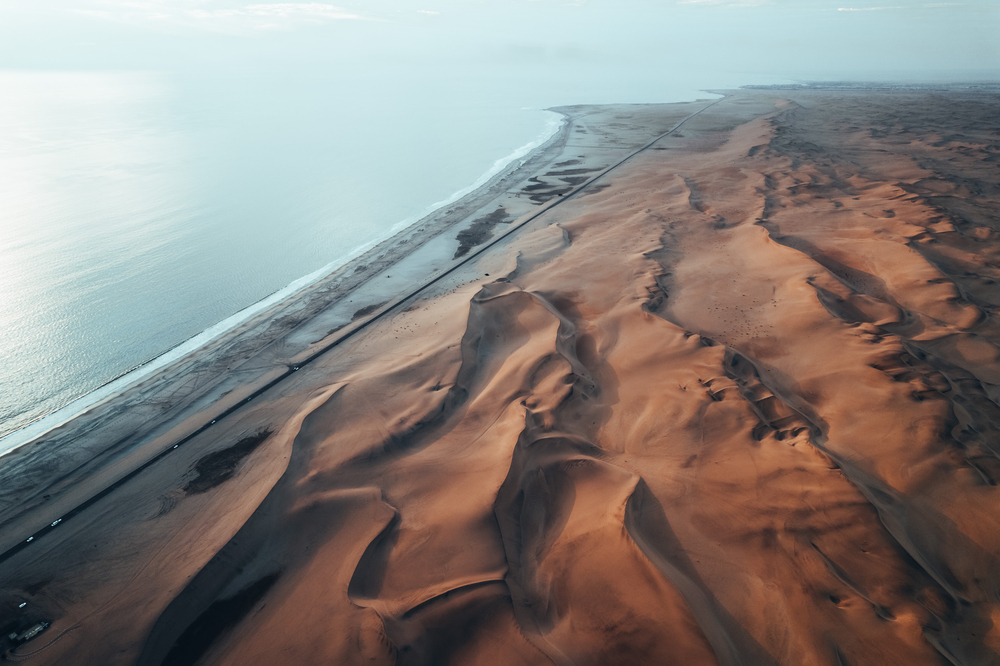
Among the world’s oldest deserts, this coastal Atlantic region features night skies so pristine that stars cast visible shadows on moonless nights. The desert’s isolation—with the nearest towns hundreds of miles away—eliminates light pollution entirely, while extremely low humidity creates exceptional atmospheric clarity.
The juxtaposition of ancient orange dunes against the Milky Way creates otherworldly photographic opportunities. However, many visitors simply recline on still-warm sand and absorb the overwhelming celestial panorama that prompted the Indigenous San people to develop rich astro-mythologies.
Like Travel Pug’s content? Follow us on MSN.
Okavango Delta, Botswana
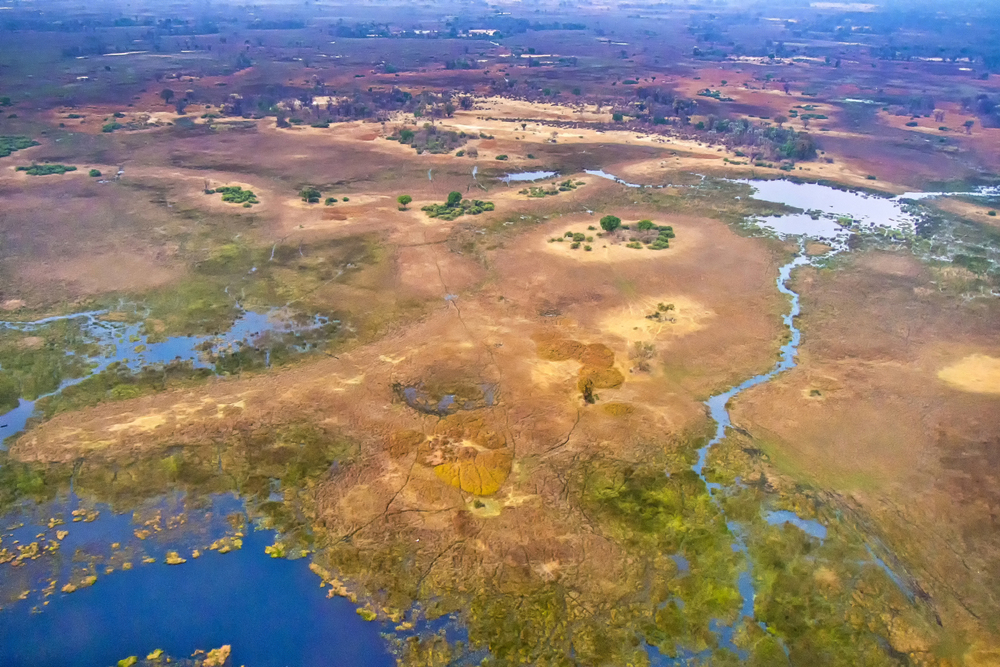
This inland wetland paradise in the Kalahari Desert creates a unique astronomical viewing experience where stars reflect in tranquil delta waters, doubling the celestial impact. The complete absence of development within the protected wilderness area ensures skies are untainted by artificial light, while the flat, waterlogged landscape provides unobstructed 360-degree celestial views.
Luxury safari camps often position starbeds on raised platforms above the floodplains, allowing guests to fall asleep while tracking meteors and satellites across pristine African skies.
Mauna Kea, Hawaii

The dormant volcano’s summit, at nearly 14,000 feet, hosts the world’s largest astronomical observatory complex, where scientists take advantage of atmospherically stable air above the Pacific thermal inversion layer. The mountain’s isolation in the middle of the ocean creates exceptionally clear viewing conditions, with visitor centers offering telescopes for public stargazing sessions revealing planetary details, nebulae, and distant galaxies.
The cultural significance of Hawaiian celestial navigation traditions adds historical depth to contemporary astronomical observations from this sacred mountain peak.
Dark Sky Reserve, New Zealand

The Mackenzie Basin on New Zealand’s South Island became the world’s largest dark sky reserve in 2012, protecting 1,600 square miles from light pollution through specialized lighting ordinances. The area surrounding Lake Tekapo offers views of astronomical features unique to the southern celestial hemisphere, including the Small and Large Magellanic Clouds and the brightest parts of the Milky Way core.
The region’s commitment to astro-tourism has created distinctive experiences, from observatory tours to hot spring stargazing sessions where visitors absorb both celestial majesty and geothermal warmth.
Like Travel Pug’s content? Follow us on MSN.
Haleakala, Hawaii

The massive shield volcano forming most of Maui rises 10,023 feet above the Pacific, creating a summit that often sits above the cloud layer in an environment resembling Mars more than Hawaii. Sunrise from the crater rim presents one of nature’s most dramatic sky displays as the first light illuminates clouds below while painting overhead skies in gold, crimson, and violet hues.
The National Park Service manages summit crowds through reservation systems, recognizing that witnessing daybreak from this height—where silversword plants grow between volcanic cinder cones—constitutes a profound life experience.
Banff National Park, Canada

The pristine wilderness of the Canadian Rockies creates spectacular atmospheric conditions where mountain peaks frame dark skies protected by the park’s stringent lighting regulations. Winter brings the additional magic of aurora borealis displays reflected in frozen lakes, with Peyto Lake and Lake Minnewanka providing perfect compositions of terrestrial and celestial wonders.
The park’s dedication to dark sky preservation includes specialized lighting fixtures and educational programming connecting visitors to both indigenous and scientific celestial narratives.
Sedona, Arizona

The famous red rock formations serve as dramatic pedestals for skies that change character hourly, from midday sapphire to sunset infernos to star-filled ebony. The area’s 4,500-foot elevation, low humidity, and clear air create conditions where the atmosphere itself becomes visible in subtly graduated tones during dawn and dusk transitions.
The International Dark-Sky Association has recognized Sedona’s commitment to protecting its celestial views through stringent lighting ordinances. At the same time, the area’s reputation for energetic vortexes draws visitors seeking both spiritual connection and astronomical observation.
Like Travel Pug’s content? Follow us on MSN.
Santorini, Greece

The volcanic island’s western orientation creates Greece’s most celebrated sunset viewing locations. The sun descends into the flooded caldera in a nightly spectacle drawing crowds to clifftop villages.
The whitewashed buildings of Oia reflect sunset colors in a distinctive synchronicity of architecture and atmospheric light, with the Aegean horizon creating a perfectly straight edge where the sun appears to sink into infinity. Evening brings surprisingly good stargazing for a populated area, with the dark sea creating a natural buffer against light pollution from three sides.
Wadi Rum, Jordan

The “Valley of the Moon” delivers astronomical experiences matching its lunar nickname. Minimal moisture and high elevation create exceptional clarity for observing celestial bodies over striking desert terrain. Bedouin camps offer overnight experiences where visitors sleep outdoors beneath skies so pristine that the Milky Way casts visible shadows on moonless nights.
The distinctive red sandstone formations create otherworldly silhouettes against the night sky. At the same time, ancient rock carvings throughout the valley testify to thousands of years of human attention to these same celestial patterns.
Svalbard, Norway

The High Arctic archipelago experiences true polar night between November and February when the sun remains completely below the horizon for over three months. This extended darkness creates ideal conditions for viewing the northern lights, with daytime replaced by a perpetual twilight where delicate blue, violet, and pink hues paint the snow-covered landscape.
During summer, the opposite phenomenon occurs, with the midnight sun creating golden light that continues uninterrupted for months, producing an equally disorienting but magical experience of timelessness beneath an ever-present sun.
Like Travel Pug’s content? Follow us on MSN.
Sahara Desert, Morocco

The endless dunes near Merzouga provide perfect natural amphitheaters for sky gazing. Visitors recline on still-warm sand as stars emerge with startling immediacy after sunset. The extreme temperature drops after dark create unusually stable air conditions where stars appear to shine without atmospheric distortion.
Traditional Berber camps offer astronomy-focused overnight experiences, with guides sharing navigational knowledge developed over centuries of desert crossings guided by the same stars that now captivate visitors from light-polluted regions.
Vestrahorn, Iceland
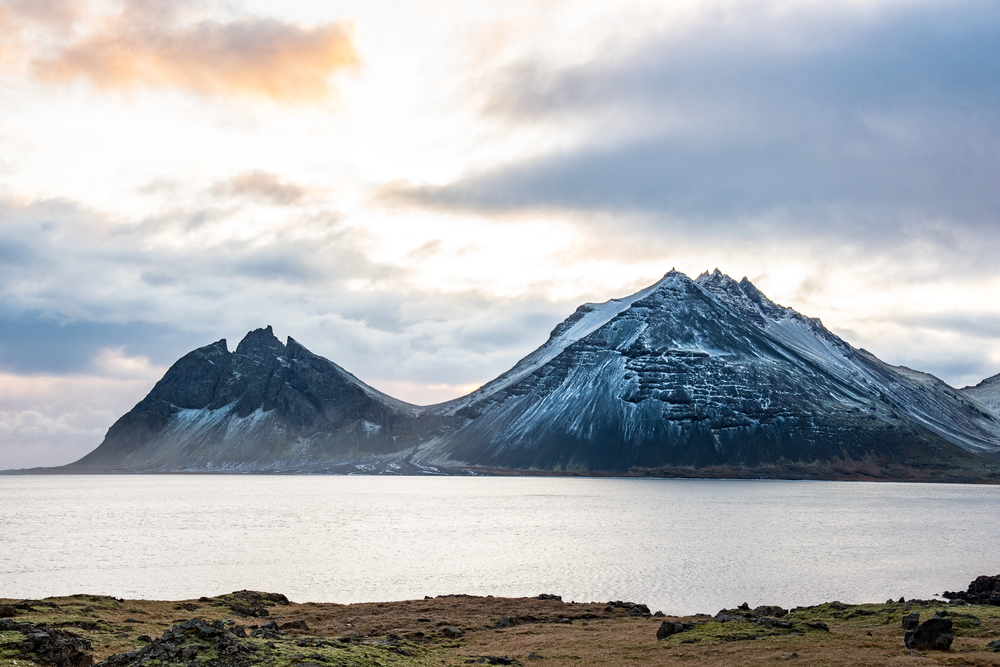
The distinctive 454-meter mountain on Iceland’s southeastern coast creates a perfect foreground for two different celestial spectacles: summer midnight sunbathing the peak in golden light when most mountains lie in shadow and winter aurora displays where northern lights appear to dance directly above the jagged peaks.
The nearby black sand beach at Stokksnes provides reflective surfaces that double the visual impact of these atmospheric phenomena. Photographers often wait days for the right alignment of light and weather, but the payoff can feel otherworldly.
Big Bend National Park, Texas
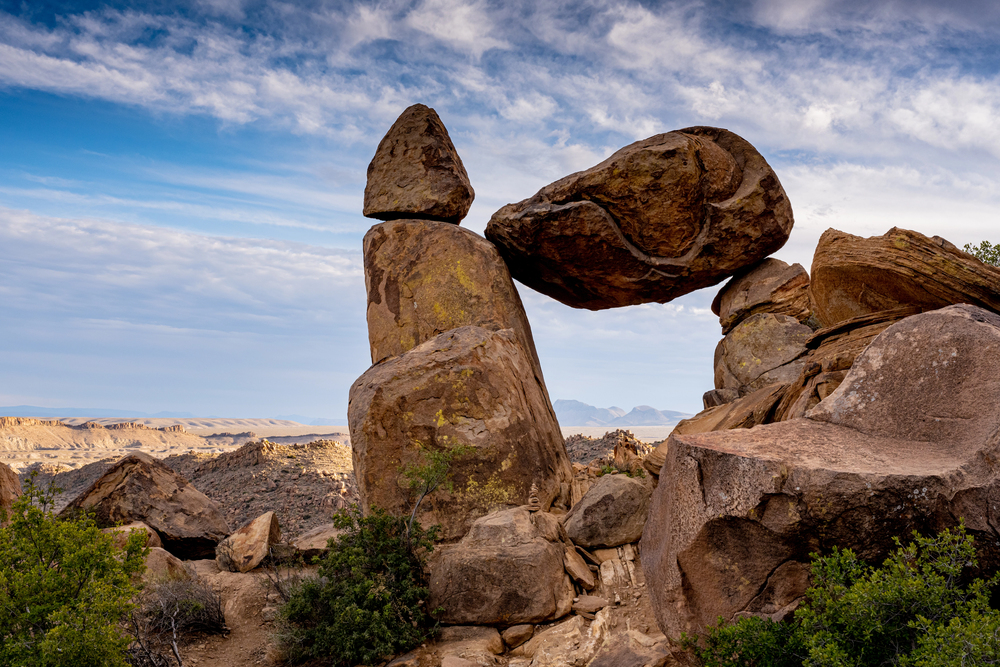
This remote park along the Mexican border has the least light pollution of any national park in the lower 48 states, with the Milky Way casting visible shadows on moonless nights. The Chihuahuan Desert’s clear, dry air and 5,000-foot elevation create ideal conditions for naked-eye astronomy, with park rangers offering specialized night sky programs using professional-grade telescopes.
The distinctive desert landscape—with ocotillo plants and limestone formations silhouetted against star-filled skies—creates compositions that have drawn astronomers, photographers, and casual skygazers for generations.
Like Travel Pug’s content? Follow us on MSN.
Puna de Atacama, Argentina
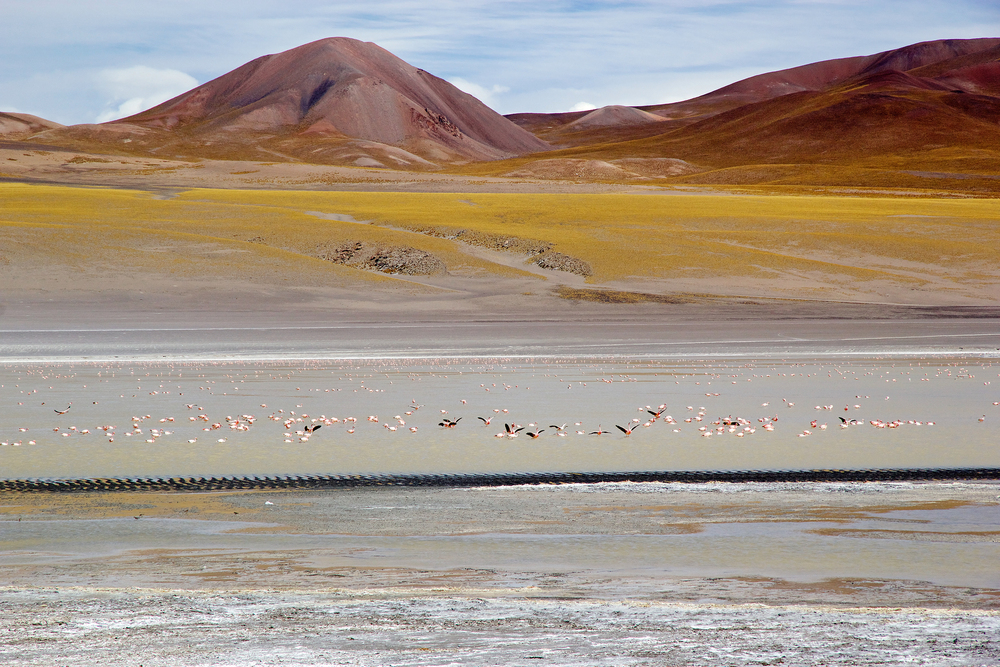
The lesser-known Argentine side of the Atacama plateau offers even more extreme conditions than its Chilean counterpart, with higher average elevations exceeding 13,000 feet and even fewer human settlements. The resulting skyscapes feature stars that appear exceptionally bright and close, with the Milky Way so detailed that its dust lanes and structural features become visible to the naked eye.
The surrounding landscape of salt flats, dormant volcanoes, and high-altitude lagoons creates natural reflective surfaces that multiply the celestial drama happening overhead.
Brecon Beacons, Wales
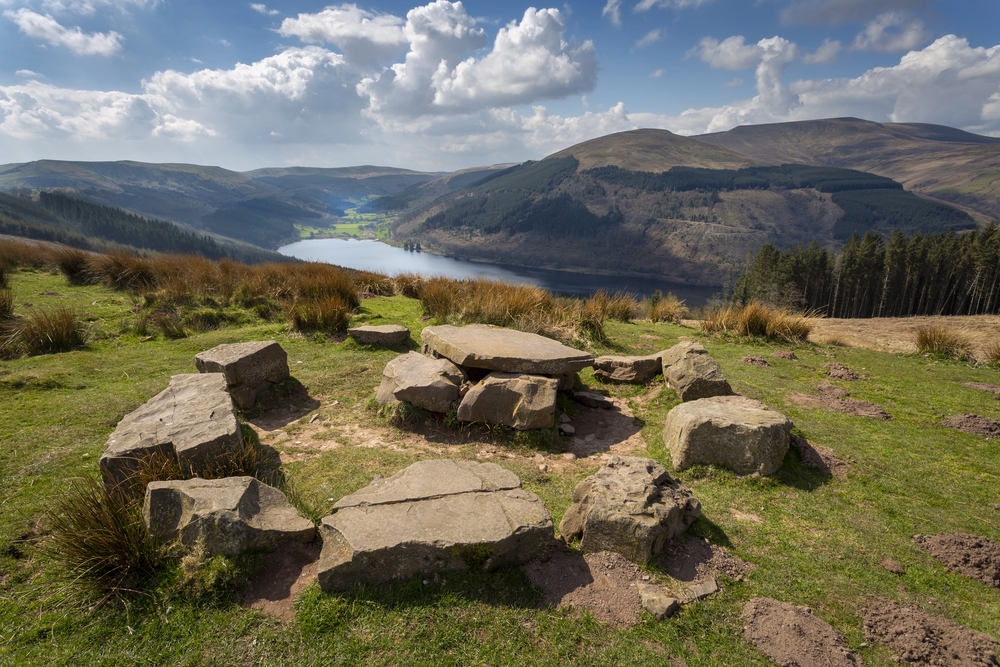
This mountain range in South Wales became the first International Dark Sky Reserve in the United Kingdom, protecting some of the darkest skies in Europe through lighting management and public education. Despite its location in densely populated Britain, the park’s topography creates dark valleys shielded from urban light domes where astronomical features typically invisible in developed regions become readily apparent.
Local astronomical societies operate public observatories where visitors can appreciate how even relatively accessible locations can offer profound celestial experiences when communities commit to dark sky preservation.
Westfjords, Iceland

Iceland’s most remote region combines minimal population density with dramatic fjord topography that blocks artificial light from reaching many viewing locations. Winter brings the double celestial spectacle of northern lights reflected in protected fjord waters, creating symmetrical displays where green auroral curtains appear to dance both above and below the horizon line.
Summer delivers the opposite experience, with the midnight sun creating golden light that penetrates deep into fjords normally shadowed during conventional daylight hours, illuminating cliff faces with warm hues that constantly shift position.
Like Travel Pug’s content? Follow us on MSN.
Heaven’s Stage

These twenty destinations remind us that for all of humanity’s architectural and technological achievements, nature still produces the most awe-inspiring spectacles through the simple interaction of light, atmosphere, and human perspective. The sky—that omnipresent ceiling we often ignore in daily life—becomes the primary attraction in these locations where terrestrial features serve mainly as a foreground for atmospheric theater.
In our increasingly illuminated world, these places preserve opportunities for experiences that have shaped human consciousness since our earliest days—moments of humbling perspective beneath immense celestial canopies that transcend cultural differences and speak a universal language of wonder. For travelers seeking experiences that reconnect them with both ancient human traditions and cosmic scale, these destinations offer front-row seats to nature’s greatest ongoing performance.
More from Travel Pug

- Cities Growing so Fast You Won’t Recognize Them in 10 Years
- 13 Destinations Where Tourists Regularly Regret Their Trip
- 20 Obscure WWII Sites Even History Buffs Don’t Know About
- 10 Under-the-Radar Mountain Towns That Are Both Affordable and Beautiful
- Remote Villages in Europe Where You Can Live for Free in Exchange for Work
Like Travel Pug’s content? Follow us on MSN.
